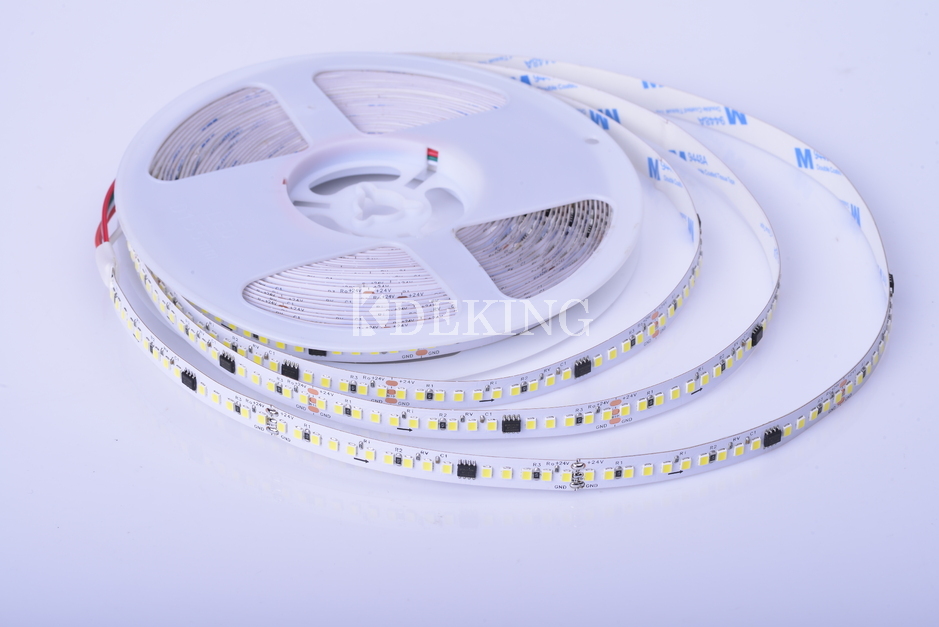Driving Factors in LED Production
The LED strip light industry is evolving rapidly, driven by several key factors that influence both design and manufacturing techniques. One of the most significant shifts has been towards energy efficiency. Recent data indicates that LED strip lights have achieved an impressive efficiency range of 90 to 130 lumens per watt. This is a stark contrast to traditional lighting solutions, highlighting the industry's focus on reducing energy consumption.
Integration of Smart Technology
Smart technology integration is revolutionizing LED strip light products. Today, approximately 65% of all newly manufactured LED strip lights are equipped with smart features such as Bluetooth or Wi-Fi connectivity, enabling users to control lighting via mobile applications. This trend not only meets consumer demands for convenience but also opens up new avenues for home automation.
Eco-Friendly Materials
Another pivotal trend is the shift towards using eco-friendly materials in the manufacturing process. Manufacturers are now increasingly utilizing recycled plastics and non-toxic adhesives to align with global sustainability goals. This change reflects a broader industry commitment to reducing environmental impact, with many leading manufacturers aiming to cut down waste by up to 30% by 2025.
Enhanced Color Rendering
Color rendering has seen remarkable improvements, with the latest LED strip lights offering a Color Rendering Index (CRI) of over 90. This means the lights can reproduce the colors of various objects faithfully in comparison to a natural light source. High CRI values are particularly important in settings where precise color differentiation is crucial, such as in galleries and retail environments.
Customization and Flexibility
Customization is a key trend in the LED strip light sector. Manufacturers are now offering more options in terms of light intensity, color temperatures, and lengths. This flexibility allows consumers to tailor lighting solutions to specific spaces and needs, ensuring that functionality and aesthetics meet seamlessly.

Durable and Longer Lifespan
Durability also plays a crucial role in recent manufacturing trends. Modern LED strip lights are not only more robust but also feature extended lifespans, with many products lasting between 25,000 to 50,000 hours. This longevity reduces the need for frequent replacements, offering better cost-efficiency over time.
Expansion in Manufacturing Capabilities
The geographic expansion of manufacturing capabilities is also noteworthy. Asia, particularly China and South Korea, continues to dominate the market due to their advanced manufacturing technologies and substantial investment in R&D. However, there is a growing trend of manufacturing units setting up shop in North America and Europe, aiming to reduce shipping times and enhance local market responsiveness.
Visit LED Strip Light Manufacturer
For more detailed insights and innovative solutions in LED lighting, consider visiting a led strip light manufacturer. Here, you can explore a range of products that align with these latest manufacturing trends and are tailored to meet diverse consumer needs.
The trends outlined above showcase a dynamic industry that is continually adapting to technological advances and shifting consumer expectations. As manufacturers innovate and refine their processes, the future of LED strip lighting looks bright, with a strong emphasis on efficiency, customization, and sustainability.
